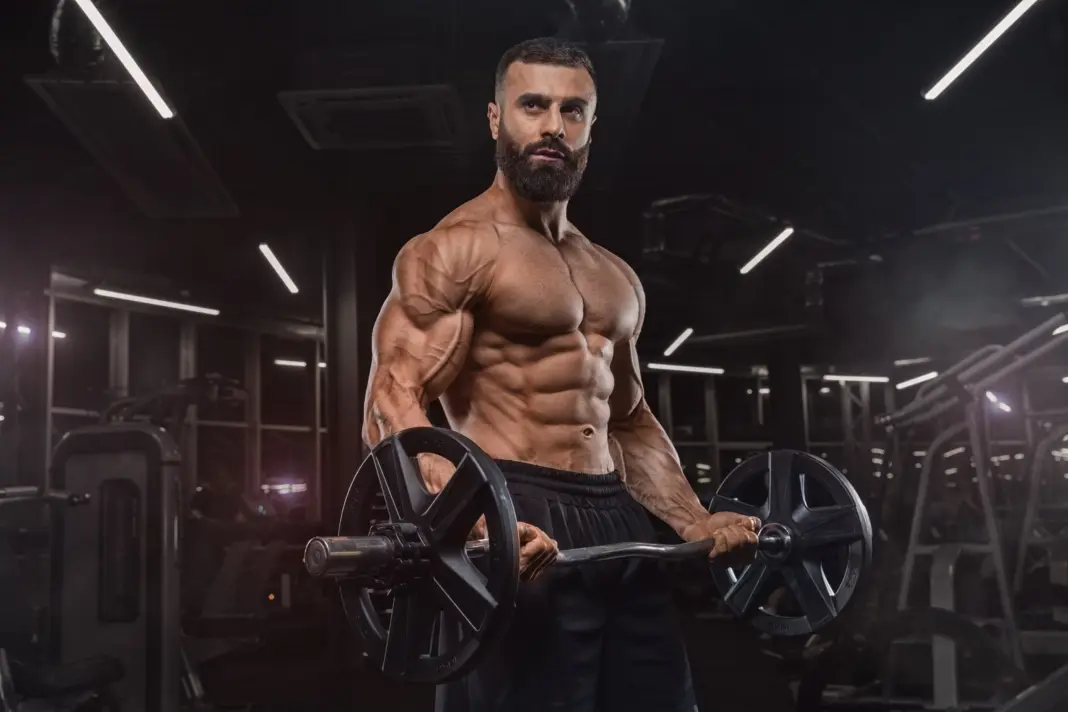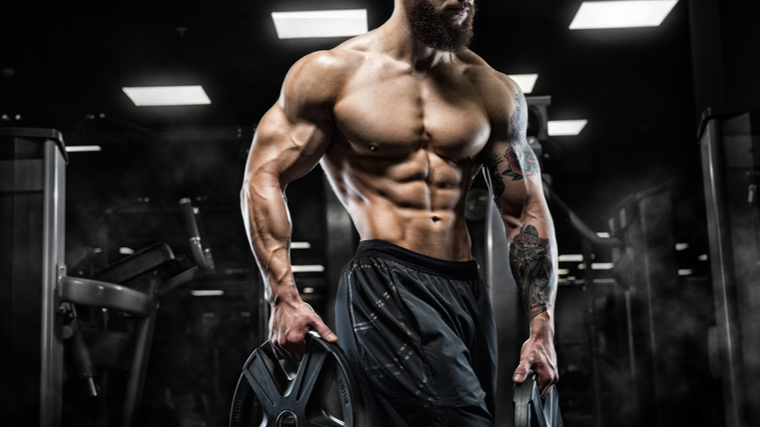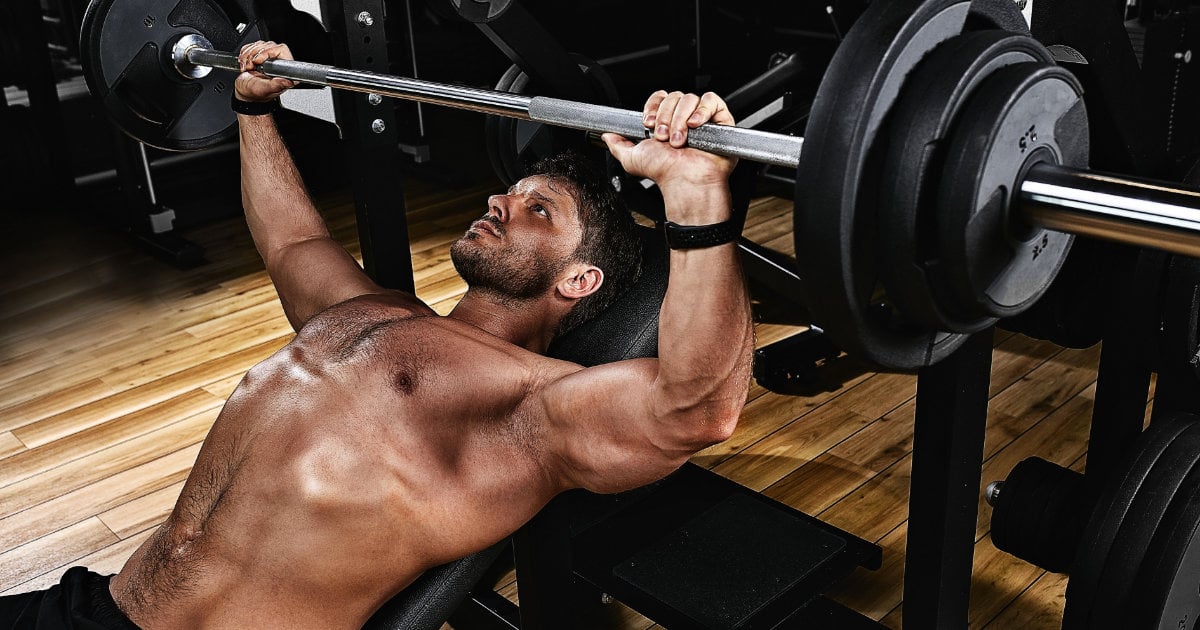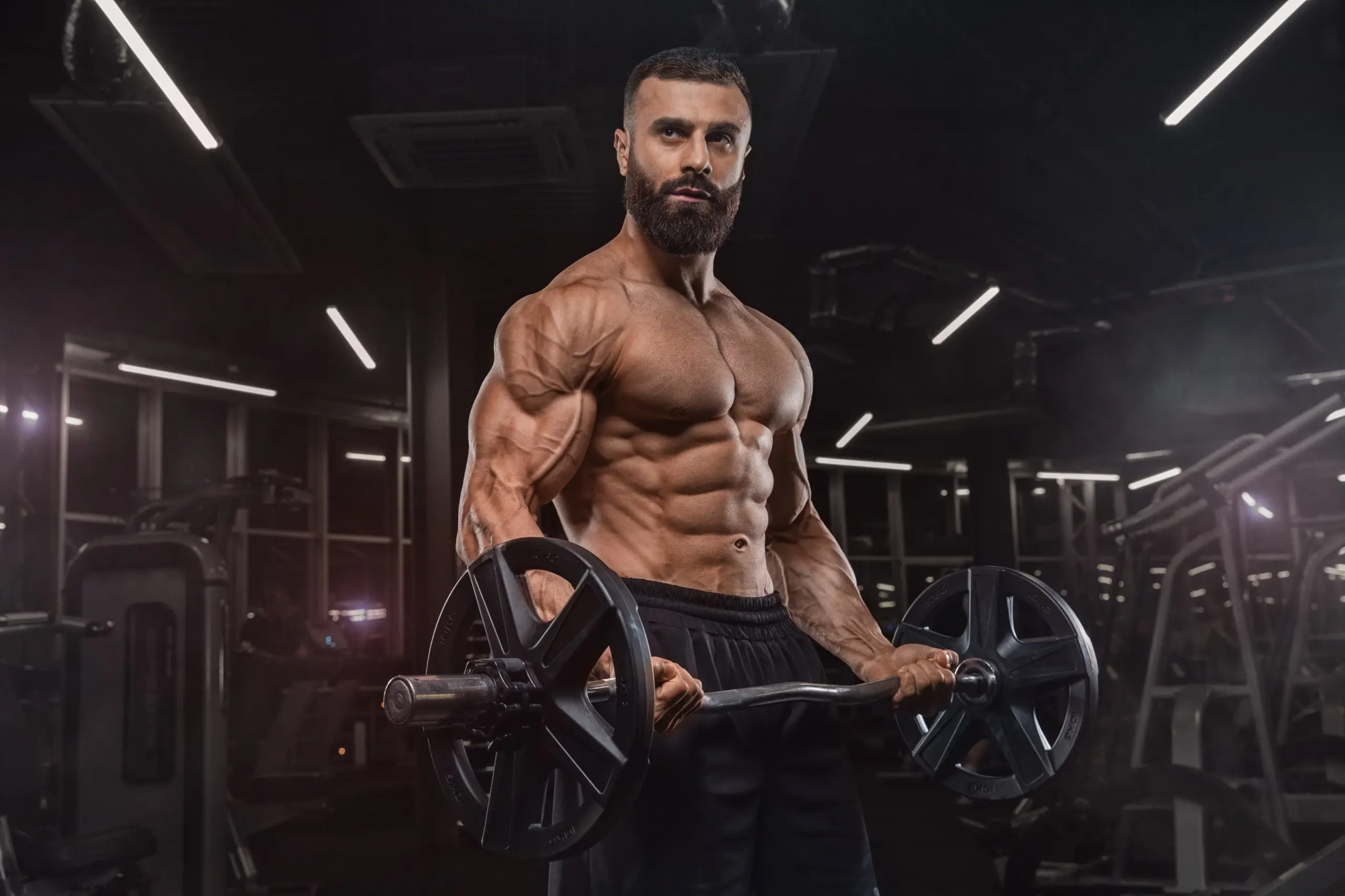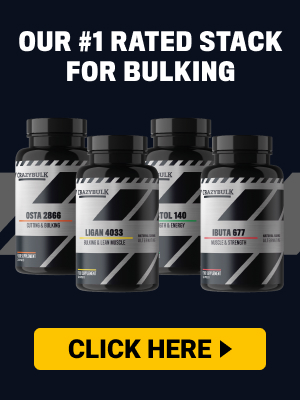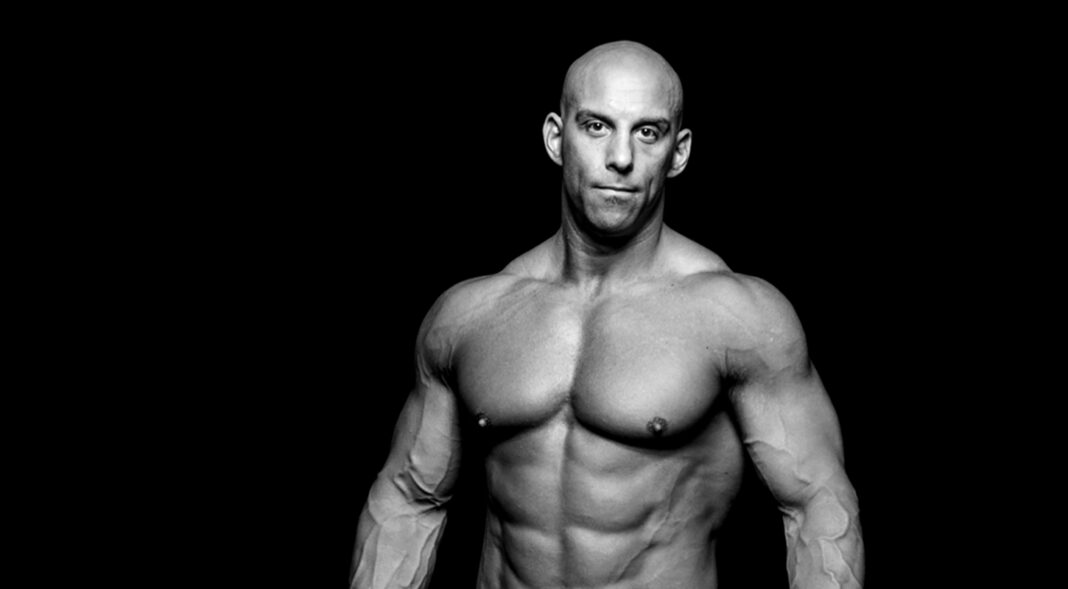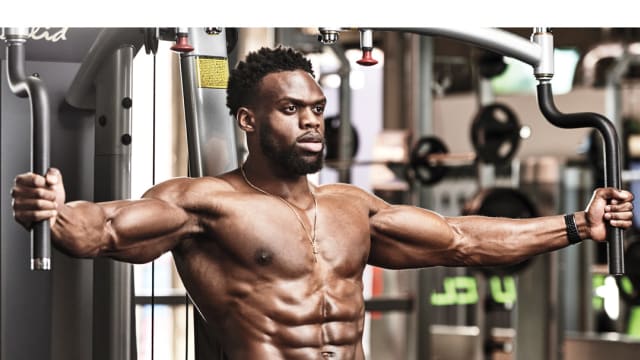⚡ Best Training Split for Strength: Build Maximum Power
If your goal isn’t just to look big but to actually lift big, your training split should reflect that. Building strength requires more than just hitting the gym — it’s about frequency, progression, and recovery.
The truth is: not every training split is ideal for strength development. Some are better suited for hypertrophy (muscle size), while others are structured to maximize progressive overload and neurological adaptation — the keys to strength.
In this guide, we’ll cover the best training splits for strength, explain what makes them effective, and help you choose the one that aligns with your experience and goals.
🔎 What Makes a Training Split Effective for Strength?
Strength isn’t built the same way as hypertrophy. Here’s what matters most:
- High Frequency of Key Lifts → You need repeated practice of squats, bench, deadlift, and overhead press.
- Lower Rep Ranges → Most strength training is done in the 3–6 rep range with heavier weights.
- Progressive Overload → The goal is to add weight to the bar consistently.
- Recovery Balance → Heavy lifting is taxing — recovery must match intensity.
- Specificity → The closer your program mimics your strength goal (e.g., powerlifting), the better the results.
👉 The best training splits for strength maximize frequency of big lifts while still allowing recovery.
💥 The Best Training Splits for Strength
Full Body Training (3–4 Days per Week)
- Structure: Each session includes a squat, press, and pull variation.
Example 3-Day Full Body:
- Day 1: Squat, Bench, Row
- Day 2: Deadlift, Overhead Press, Pull-ups
- Day 3: Squat (variation), Bench (variation), Barbell Row
Pros:
- Maximum frequency of main lifts (2–3x per week)
- Excellent for beginners learning technique
- Simple progression (linear for newbies)
Cons:
- Sessions can be long and fatiguing
- Less isolation work for weak points
👉 Best for: Beginners and early intermediates.
Upper Lower Split (4 Days per Week)
- Structure:
- Day 1: Upper (Bench-focused)
- Day 2: Lower (Squat/Deadlift-focused)
- Day 3: Rest
- Day 4: Upper (Bench/OHP)
- Day 5: Lower (Squat/Deadlift variations)
Pros:
- Solid balance of strength + hypertrophy
- Each big lift practiced twice weekly
- Easier recovery than 5+ day programs
Cons:
- Only 2 exposures per lift each week
- Can feel long (upper days especially)
👉 Best for: Intermediates chasing both size and strength.
PHUL (Power Hypertrophy Upper Lower)
- Structure:
- Day 1: Upper Power
- Day 2: Lower Power
- Day 3: Rest
- Day 4: Upper Hypertrophy
- Day 5: Lower Hypertrophy
Pros:
- Dedicated power days for heavy 3–5 rep work
- Still includes hypertrophy days for assistance
- Balanced 2x per week exposure
Cons:
- More complex programming
- Requires discipline to manage fatigue
👉 Best for: Intermediates who want to gain strength without sacrificing muscle growth.
Texas Method / Powerlifting Split
This is a strength-specific program built for progression.
- Structure (Texas Method Example):
- Day 1: Volume (5×5 squat, bench, row)
- Day 2: Recovery (light squat, OHP, pull-ups)
- Day 3: Intensity (heavy single sets, e.g., 1×5 squat)
Pros:
- Proven strength progression system
- Perfect for intermediate/advanced lifters
- Builds both volume tolerance and max strength
Cons:
- Demanding on recovery
- Requires strict programming discipline
👉 Best for: Intermediates moving toward advanced strength goals.
PHAT (Power Hypertrophy Adaptive Training)
- Structure: 2 power days + 3 hypertrophy days.
- Day 1: Upper Power
- Day 2: Lower Power
- Day 3: Rest
- Day 4: Back/Shoulder Hypertrophy
- Day 5: Lower Hypertrophy
- Day 6: Chest/Arms Hypertrophy
Pros:
- High frequency (2x per week per muscle)
- Power days allow heavy strength work
- Hypertrophy days build supporting muscle mass
Cons:
- Very high volume and intensity
- Demanding recovery (5-day minimum)
👉 Best for: Advanced lifters with strong recovery capacity.
Push Pull Legs (Strength-Oriented)
PPL is usually hypertrophy-focused, but can be adapted for strength:
- Push = Bench/Overhead Press variations
- Pull = Deadlift/Row variations
- Legs = Squats + assistance
Pros:
- Flexible frequency (4–6 days)
- Easy to program compound lifts often
- Allows progressive overload across multiple sessions
Cons:
- Strength focus requires careful planning (not just random PPL)
- High-frequency versions are demanding
👉 Best for: Advanced lifters who want frequent exposure to main lifts.
🔍 PHAT vs Upper Lower vs Full Body vs Texas Method vs PPL
Here’s how the strength-focused splits stack up:
| Split | Days/Week | Frequency (Big Lifts) | Recovery Demand | Best For |
| Full Body | 3–4 | 2–3x | Moderate | Beginners & early intermeds |
| Upper Lower | 4 | 2x | Moderate | Intermediates |
| PHUL | 4 | 2x | Moderate-High | Intermediates (strength + size) |
| Texas Method | 3 | 2–3x | High | Intermediates–advanced |
| PHAT | 5 | 2x | Very High | Advanced lifters |
| PPL (Strength) | 4–6 | 2x+ | High | Advanced lifters |
✅ Which Split Is Best for Strength?
- Beginners: Full Body (3–4x) → maximum practice on core lifts, simple progression.
- Intermediates: Upper Lower or PHUL → balances frequency and hypertrophy with strength work.
- Advanced: Texas Method, PHAT, or Strength-Oriented PPL → higher volume and specialization needed for progress.
⚡ Final Verdict
If your goal is raw strength, the right split depends on your level:
- Start with Full Body → build technical proficiency and fast strength gains.
- Transition into Upper Lower or PHUL as you reach intermediate strength levels.
- Move toward Texas Method, PHAT, or PPL when advanced, depending on recovery and goals.
👉 For most lifters, Upper Lower (4 days) or PHUL offer the best balance of strength progression and muscle building.
🔗 Next Steps:
- Read the [PHUL Workout Guide]
- Compare [PHAT vs Upper Lower]
- Learn [The Science of Strength Training Splits]

